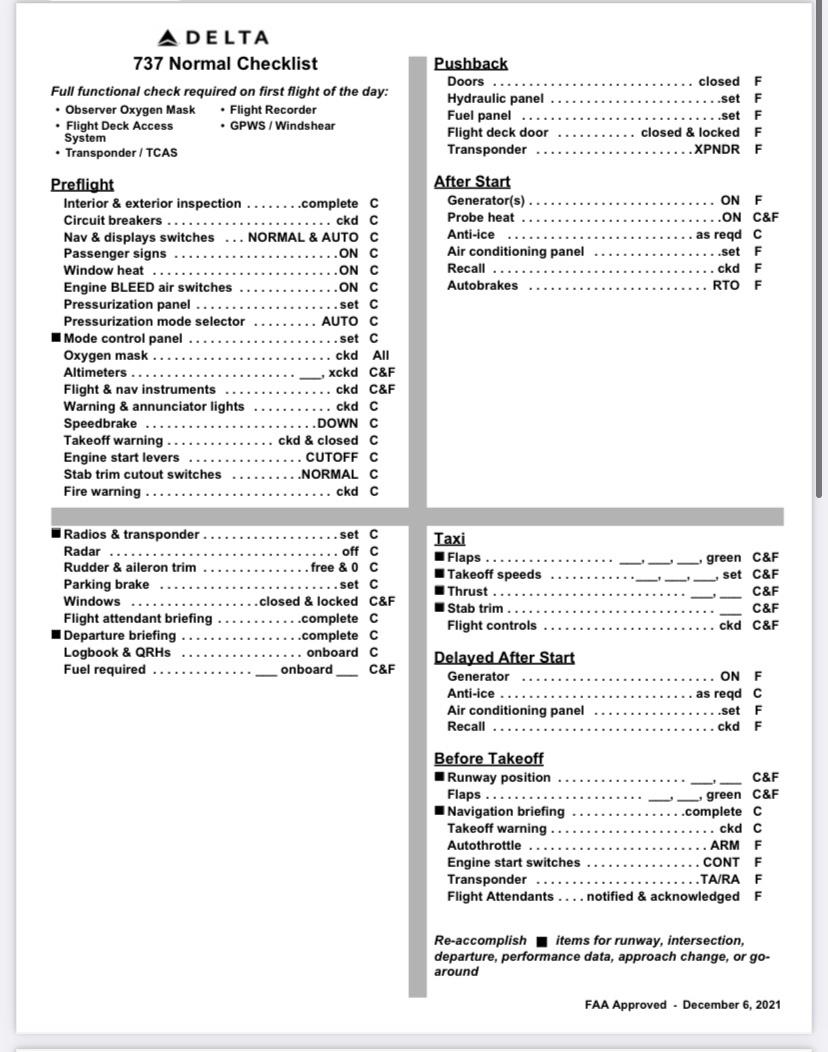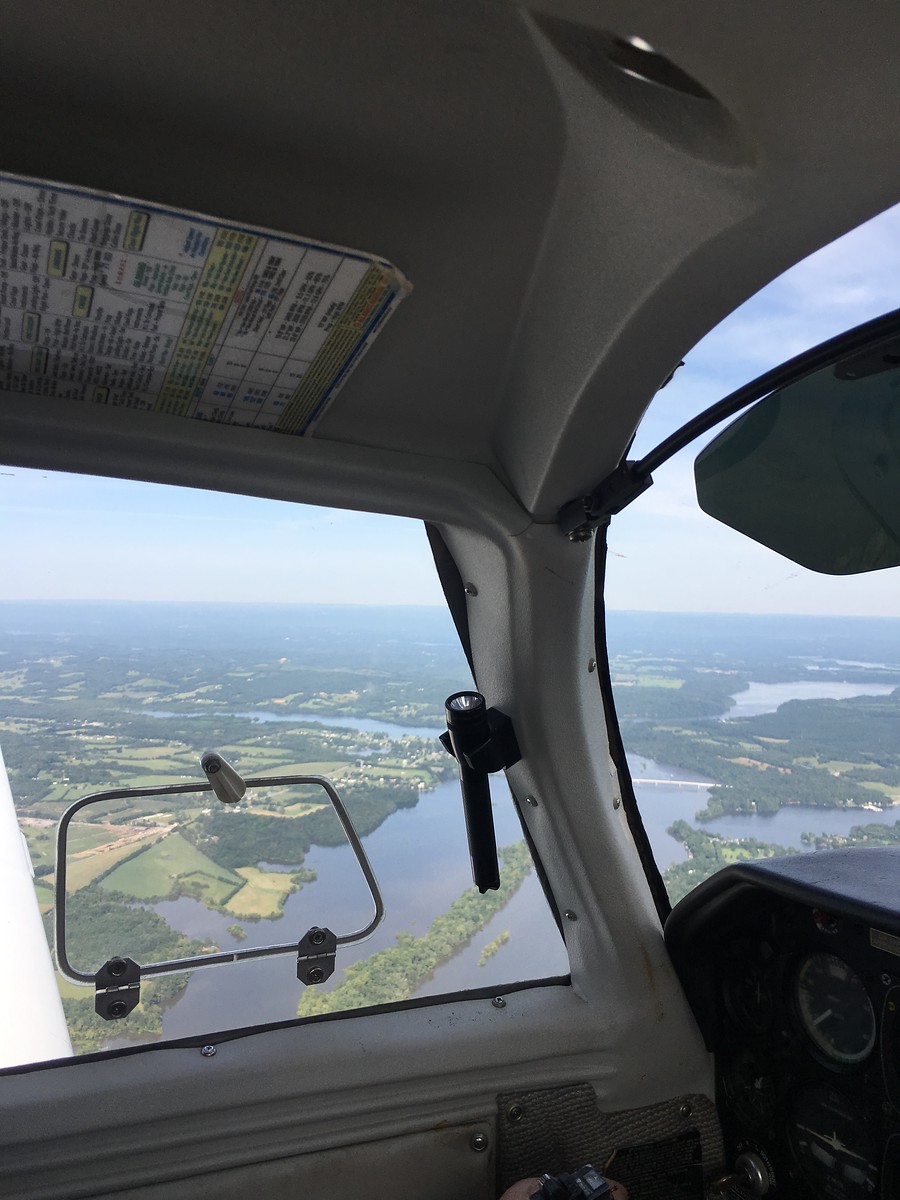I'll admit, I'm not a big fan of whipping out the paper checklist for Before Landing in a single pilot situation. Fishing out the checklist from a pocket or under the seat or where ever its hiding, then reading it off and checking items, is diverting your attention probably during a phase of flight that it shouldn't be. If you are doing that, definitely want to complete it before entering the pattern. Trouble is there may be items on there that don't need to be completed until in the pattern.
Now for most airplanes, a simple checklist is often printed on the panel, which makes it easier. All of the Cherokees I have taught in have basic Take-off and Landing Checklist right on the panel.
For other aircraft, GUMPS is really simple to memorize and run through. My version is below:
G - Gas on a good tank
U - Undercarriage down and locked
M - Mixture full
P - Prop ahead
S - Switches all on (pumps, lights, etc.)
Truthfully for the average GA pilot, most of the items on a Before Landing checklist, probably aren't safety critical. I'll pick on Murphey just because it was right above this post.
ATIS/AWOS - Probably not bad, but you should have a good idea of the winds.
Altimeter - Doesn't hurt to set, but probably isn't off by much since it has already been set at some point in this flight
Fuel Pump - Good to have on if the engine driven pump fails, although odds of a failure at that particular moment are probably low.
Fuel Selector - Assuming you haven't turned it off in the last 5 minuts, or run the tank dry, its currently working just fine as is.
Mixture - If overly lean for the density altitude, could cause the engine to quit, so higher priority.
Seatbelts - Did someone take them off?

Landing light - During the day not an issue, at night you'll find out soon enough!
Primer - If it was in and locked at takeoff, I would resume it hasn't moved!
Autopilot off - Might make things a little easier if you aren't trying to overpower it.
The big one is the gear. If they retract, make @#$% sure you put them out! That makes it so much easier to taxi!





 That's why I need a checklist to leave the house.
That's why I need a checklist to leave the house.  car keys.
car keys.